How to give a new lease of life to a piece of old furniture
Giving an old chair a new lease of life has all sorts of benefits. Old objects bring with them a huge amount of character, can keep a link to things from your family's past and are, of course, the ultimate in recycling.
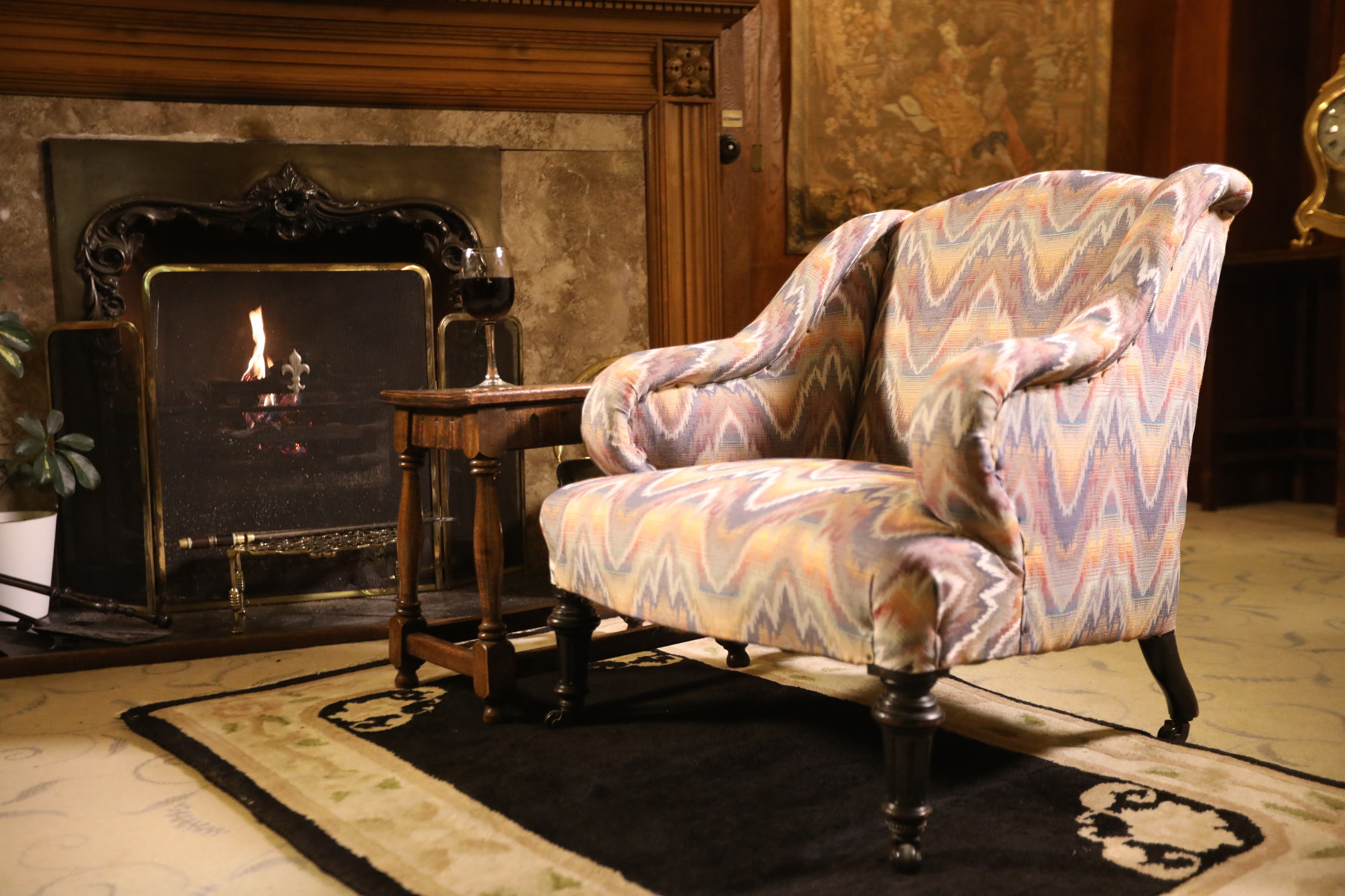

Going about doing up your old furniture is perfectly straightforward for those with a bit of practical savvy. Upholsterer Craig Hughes, one of the contributing experts on television show Salvage Hunters: The Restorers, shares some tips.
How to apply a braid trim
Starting at one end of your piece of furniture, place a quarter inch of braid inside out and secure with a gimp pin. Run a small amount of hot glue down the back of the braid approx. 3 inches long, holding the braid taut in one hand and using the thumb of the other hand to rub and stick down.
Repeat the gluing process until the last 2 inches, then cut the braid a quarter inch longer than needed. Glue and fold the quarter inch in on itself.
How to sew a corner on a piped cushion
Sew up to 6 inches from the corner of the cover and snip 2 inches either side of the piping cord flange diagonally, making approx. quarter inch cuts. Then sew up to the corner with the needle down in the fabric, lift the foot of the machine, turn the fabric around and continue sewing. The piping flange will now bend around the corner and fit the cover properly.
How to deep button
Take an oversized piece of fabric and on the back mark the centre with Taylor's chalk. Use the centre as a starting point for the first button. Work outwards by using your fingers as a temporary button before using the twined button.
Pull the twined button through with a needle and staple off. With a spoon handle run it into the pleats to make a smooth defined pleat, then repeat the process.
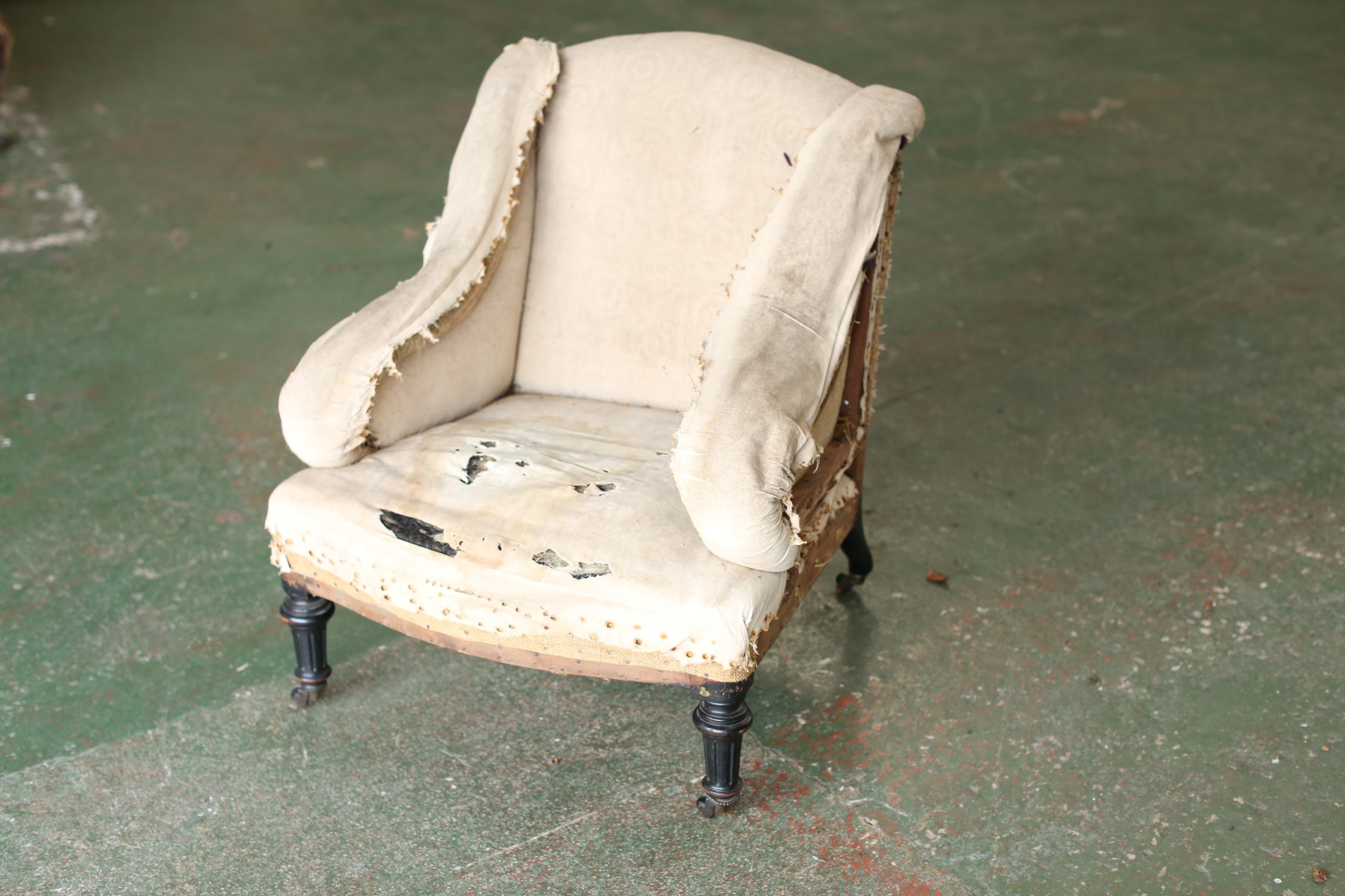
How to replace a damaged castor
Shepherd & Nylon wheeled castors are fitted with a socket. Remove the castor using a claw hammer as a lever. If the socket stays in, use the original socket. Push the new castor in – if it doesn’t fit properly, on the Shepherds castor carefully tap in with a rubber mallet on the side that does not spin. On the Nylon castor, tap in with a small hammer on the metal part.
Sign up for the Country Life Newsletter
Exquisite houses, the beauty of Nature, and how to get the most from your life, straight to your inbox.
Rejuvenating leather
Most modern leathers don't require feeding, cleaners or specialist equipment to clean - it is a skin and needs to breathe. Protected and Aniline leather need a dust regularly but NO Polish. To lightly clean use a slightly damp cloth and lukewarm water.
Nubuck and Alcantara are a little different. The former must not be cleaned, the latter must be done by a specialist clean only. The best bet is to take professional advice before using any products on leather.
All new Salvage Hunters: The Restorers, 9pm, Wednesdays on Quest (Freeview 12)
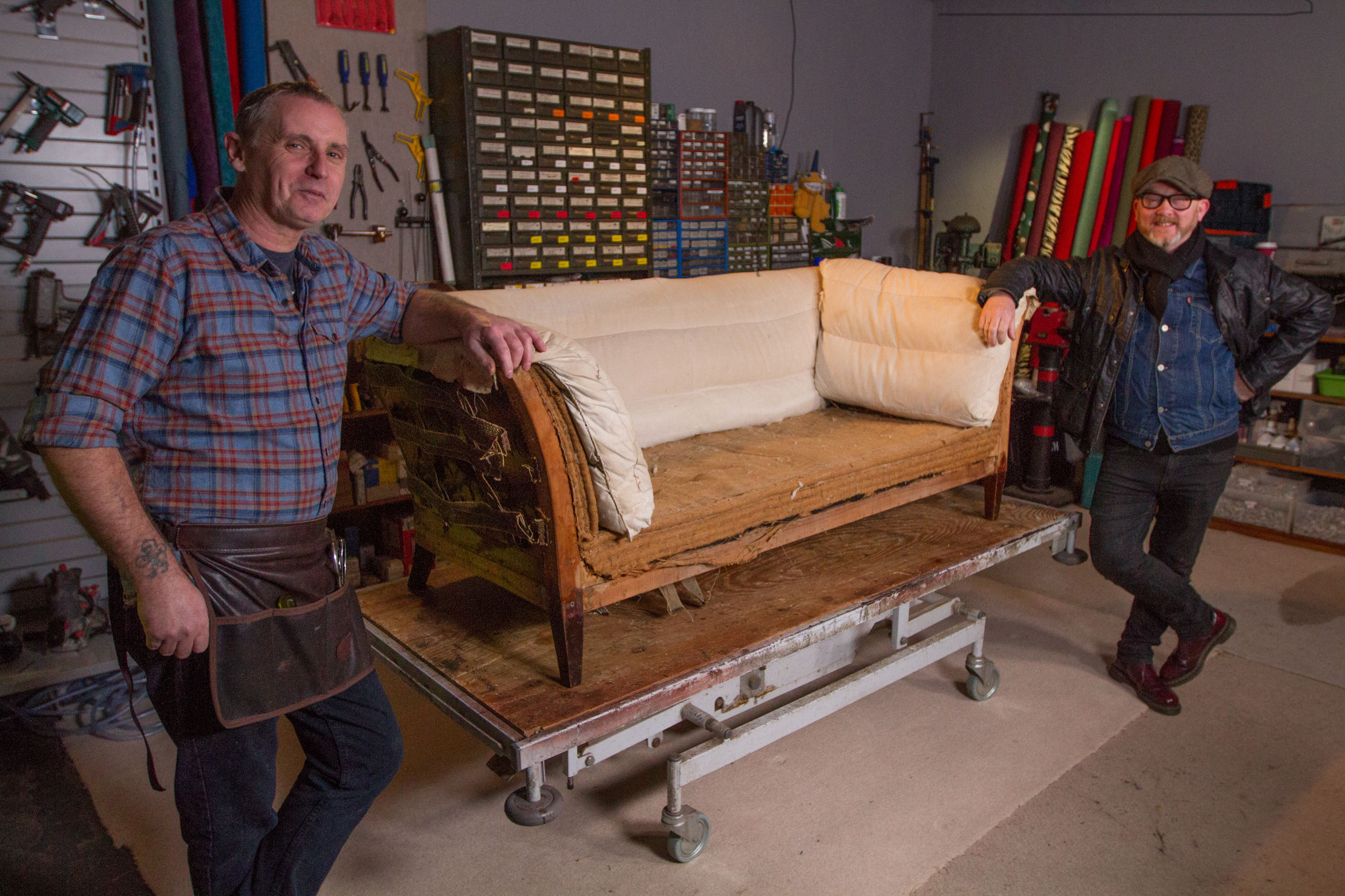
Country Life is unlike any other magazine: the only glossy weekly on the newsstand and the only magazine that has been guest-edited by HRH The King not once, but twice. It is a celebration of modern rural life and all its diverse joys and pleasures — that was first published in Queen Victoria's Diamond Jubilee year. Our eclectic mixture of witty and informative content — from the most up-to-date property news and commentary and a coveted glimpse inside some of the UK's best houses and gardens, to gardening, the arts and interior design, written by experts in their field — still cannot be found in print or online, anywhere else.
-
 'There is nothing like it on this side of Arcadia': Hampshire's Grange Festival is making radical changes ahead of the 2025 country-house opera season
'There is nothing like it on this side of Arcadia': Hampshire's Grange Festival is making radical changes ahead of the 2025 country-house opera seasonBy Annunciata Elwes
-
 Jungle temples, pet snakes and the most expensive car in the world: Country Life Quiz of the Day, April 14, 2025
Jungle temples, pet snakes and the most expensive car in the world: Country Life Quiz of the Day, April 14, 2025Mondays's quiz tests your knowledge on English kings, astronomy and fashion.
By James Fisher
-
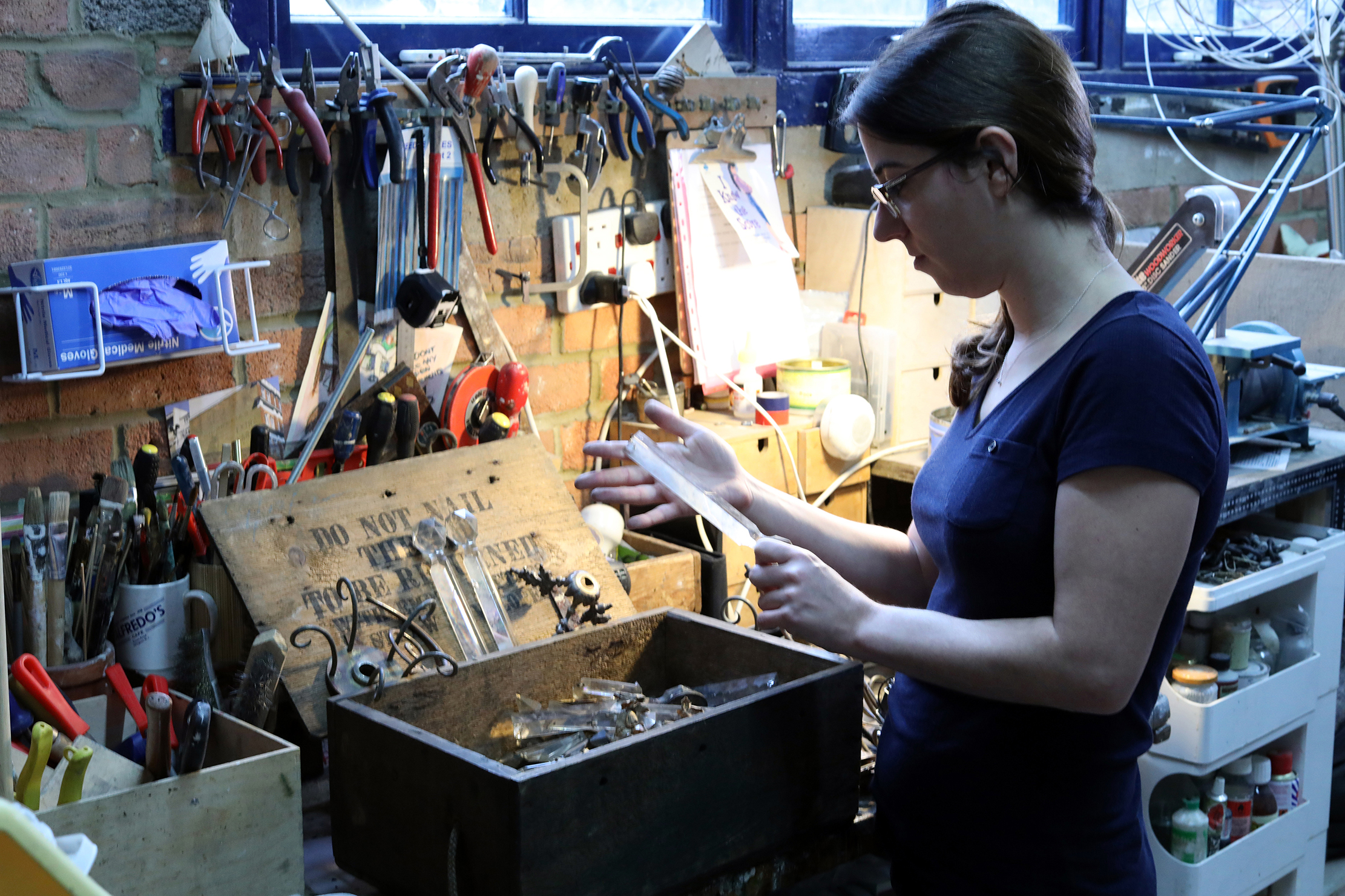 Six illuminating tips for restoring old lighting to it former glory
Six illuminating tips for restoring old lighting to it former gloryLighting restoration expert Jolene Farmer has weaved her magic everywhere from the British Museum to the artisan workshops of Venice. Here are her tips for bringing your old lights back to life.
By Country Life
-
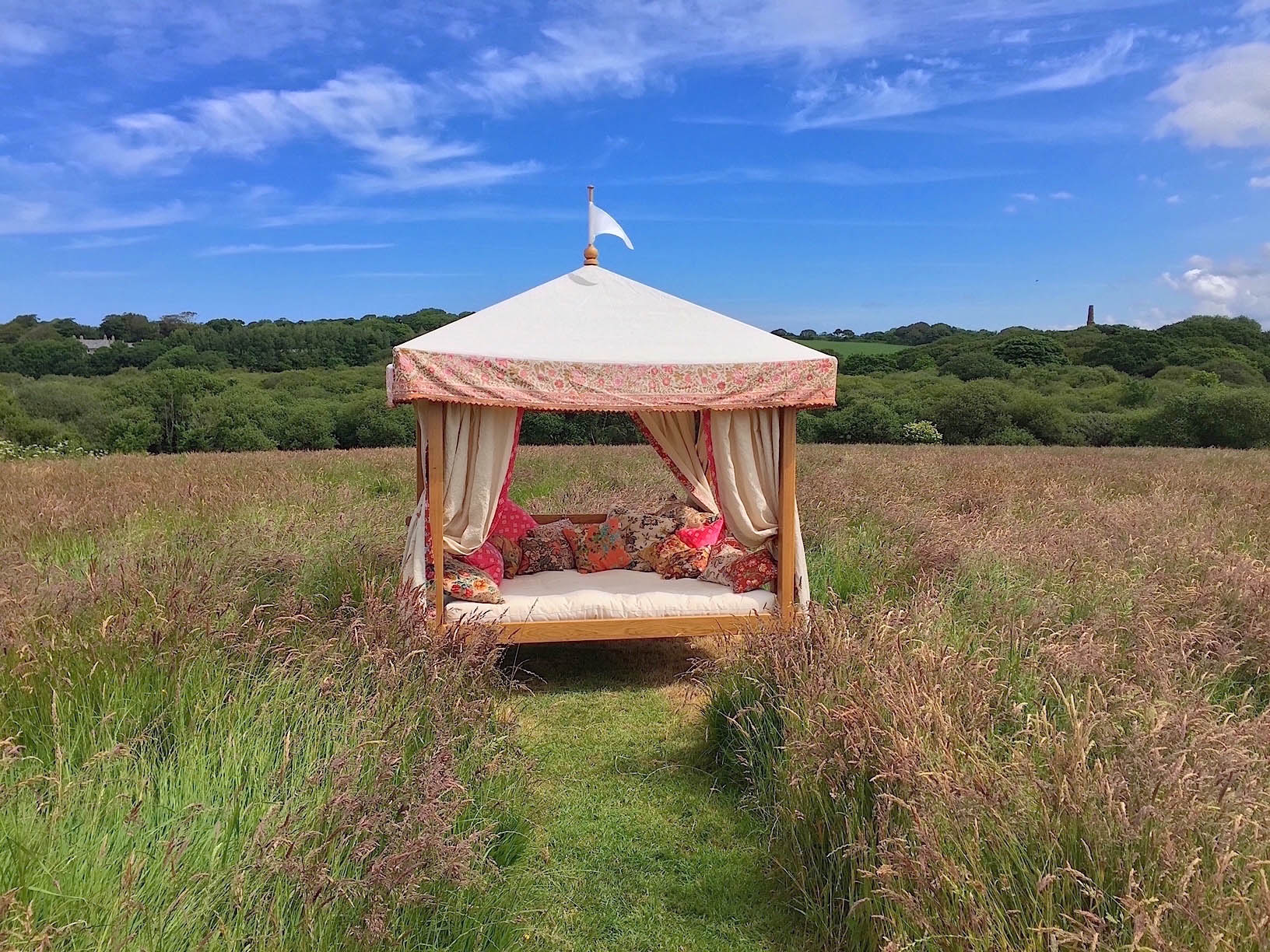 Why you should take inspiration from overseas chic — just remember that nowhere in Britain will ever be St Tropez
Why you should take inspiration from overseas chic — just remember that nowhere in Britain will ever be St TropezGiles Kime offers words of sage advice for those inspired by their summer jaunts to bring a touch of continental dash back home.
By Giles Kime
-
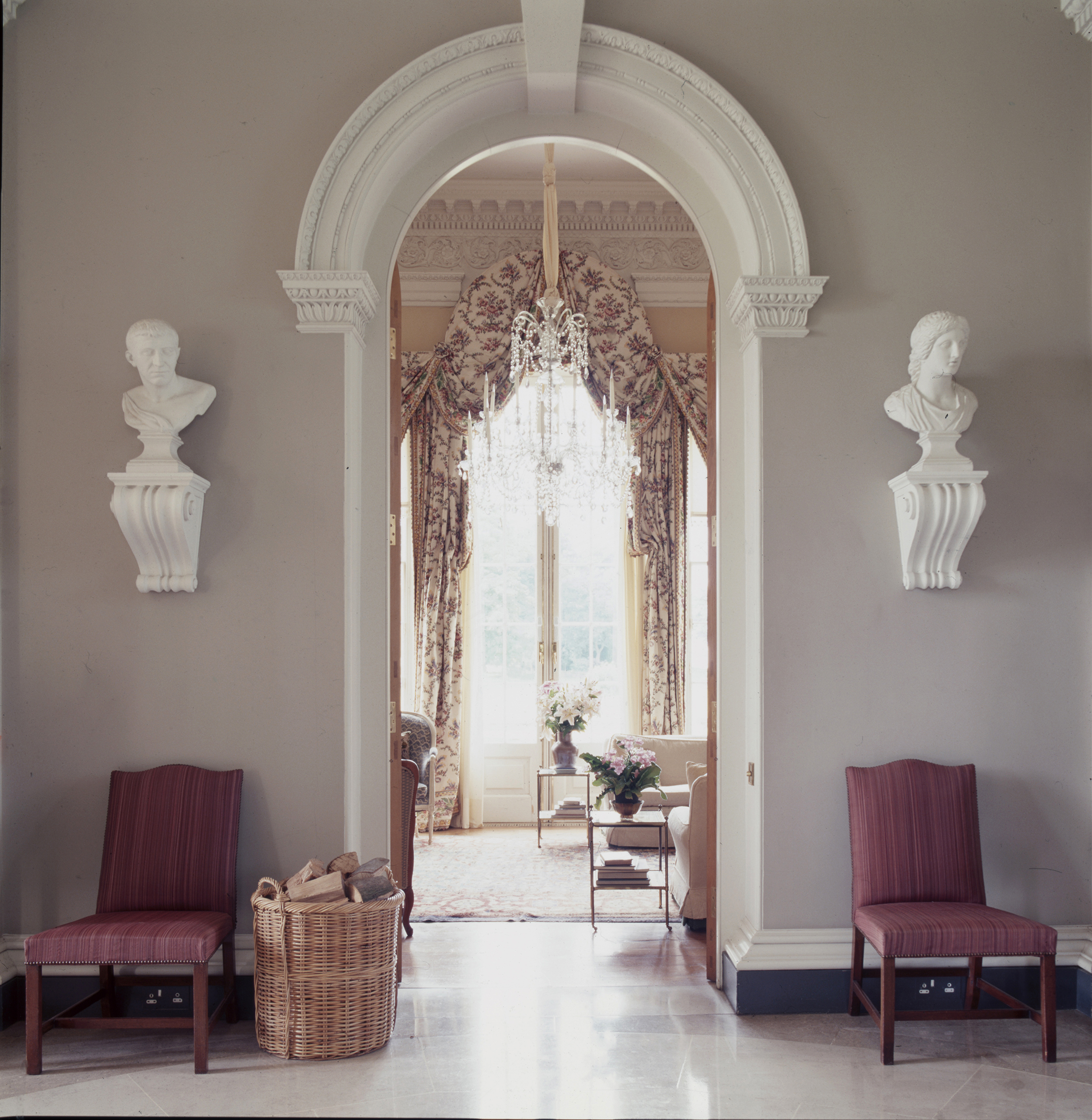 How to add character to a new-build house, from paint and furniture to the size of your doors
How to add character to a new-build house, from paint and furniture to the size of your doorsCarefully chosen furniture, paint, joinery and architectural details will all help to add character to a new house, says Clive Aslet.
By Clive Aslet
-
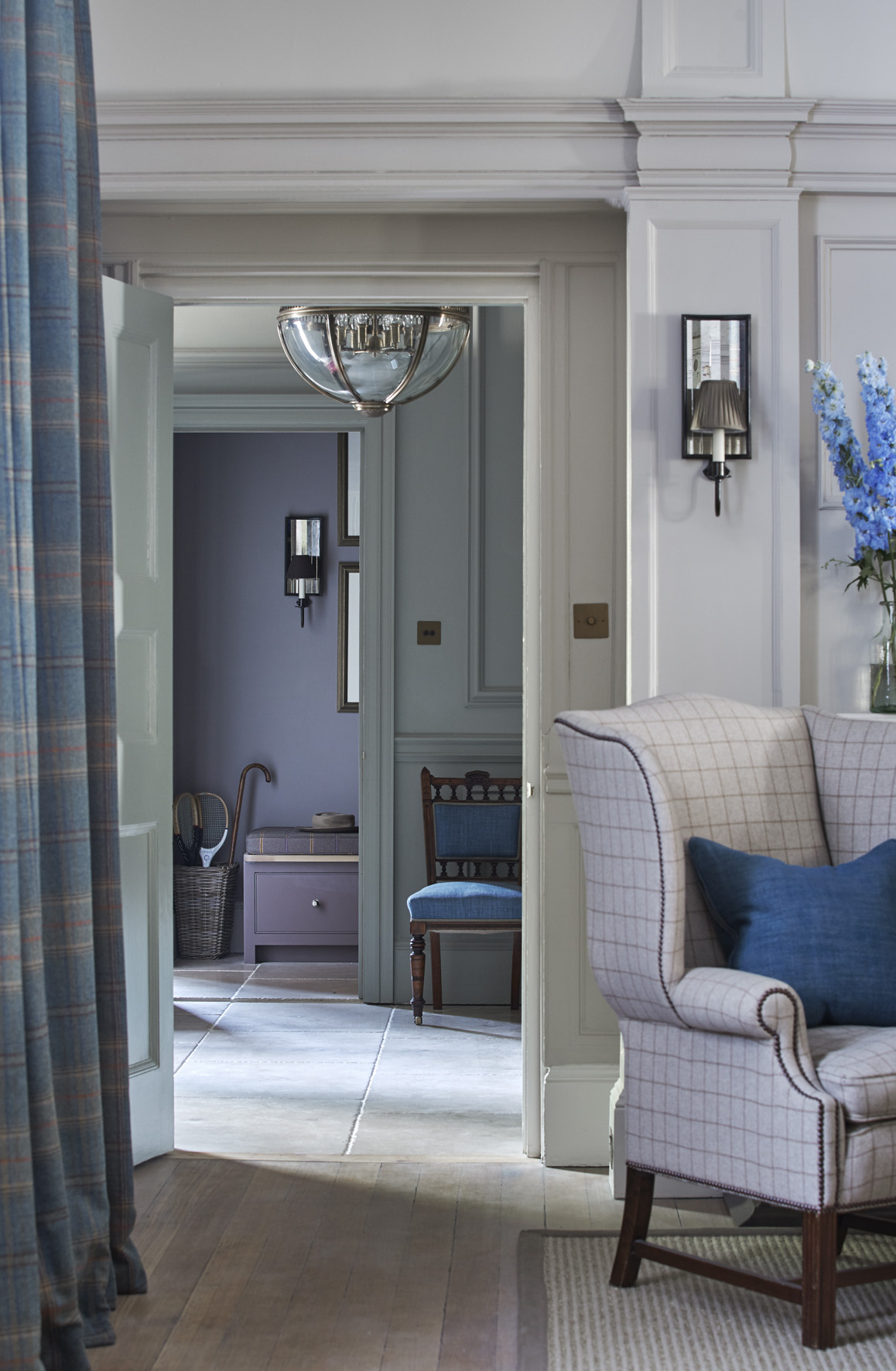 How to mix old and new: Five ways to use antiques alongside contemporary touches in your home
How to mix old and new: Five ways to use antiques alongside contemporary touches in your homeBalancing old and new is always a tough task when you're putting together room designs — but when it's done well, the results can be spectacular. We spoke to designer Emma Sims-Hilditch to get her tips.
By Country Life
-
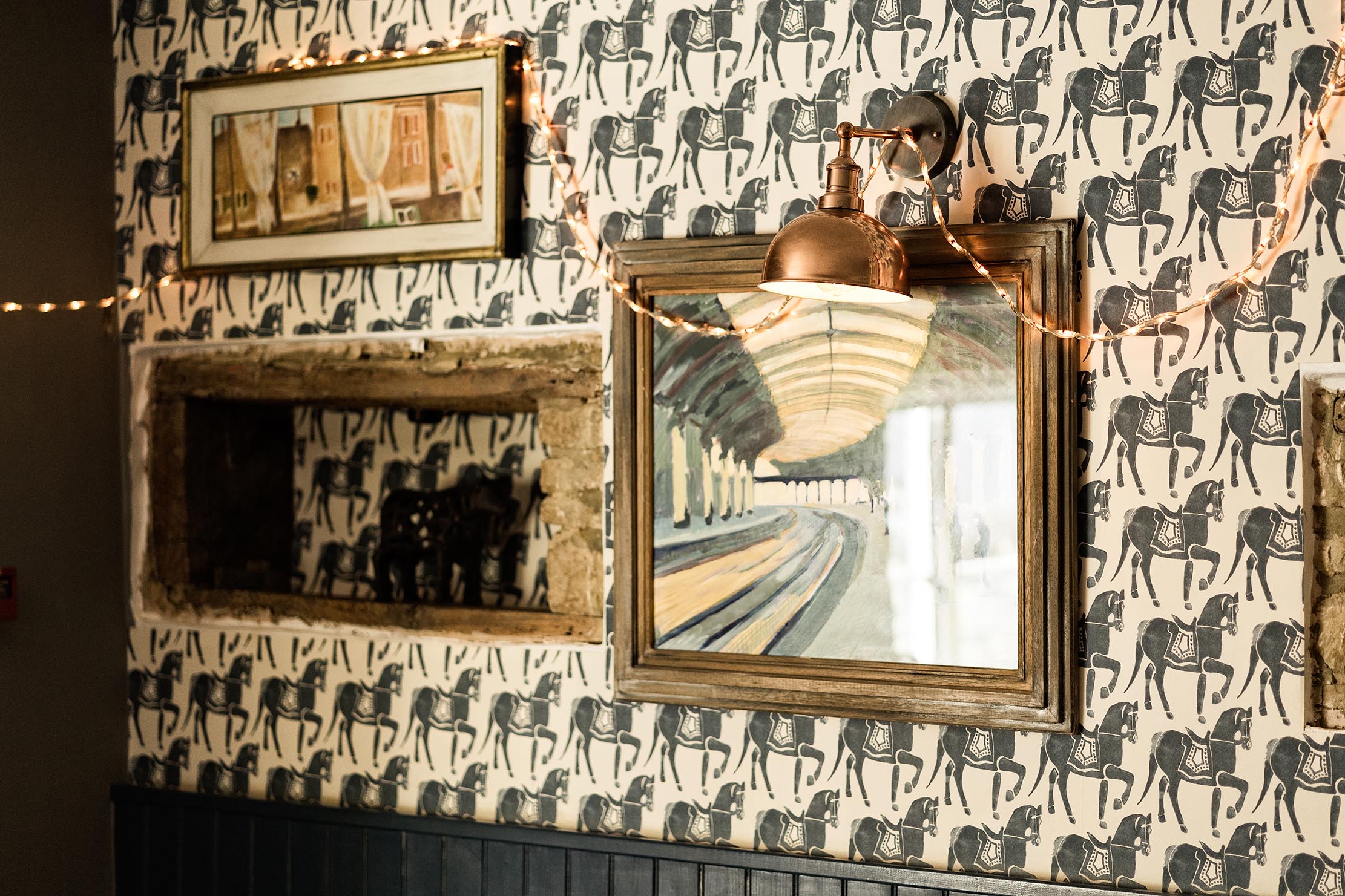 How to keep a sense of fun without veering into 'unhinged eclecticism'
How to keep a sense of fun without veering into 'unhinged eclecticism'The little touches added to this redesigned Oxfordshire pub keep it fresh, fun and lively without overdoing it — something we could all learn from, as Giles Kime explains.
By Giles Kime
-
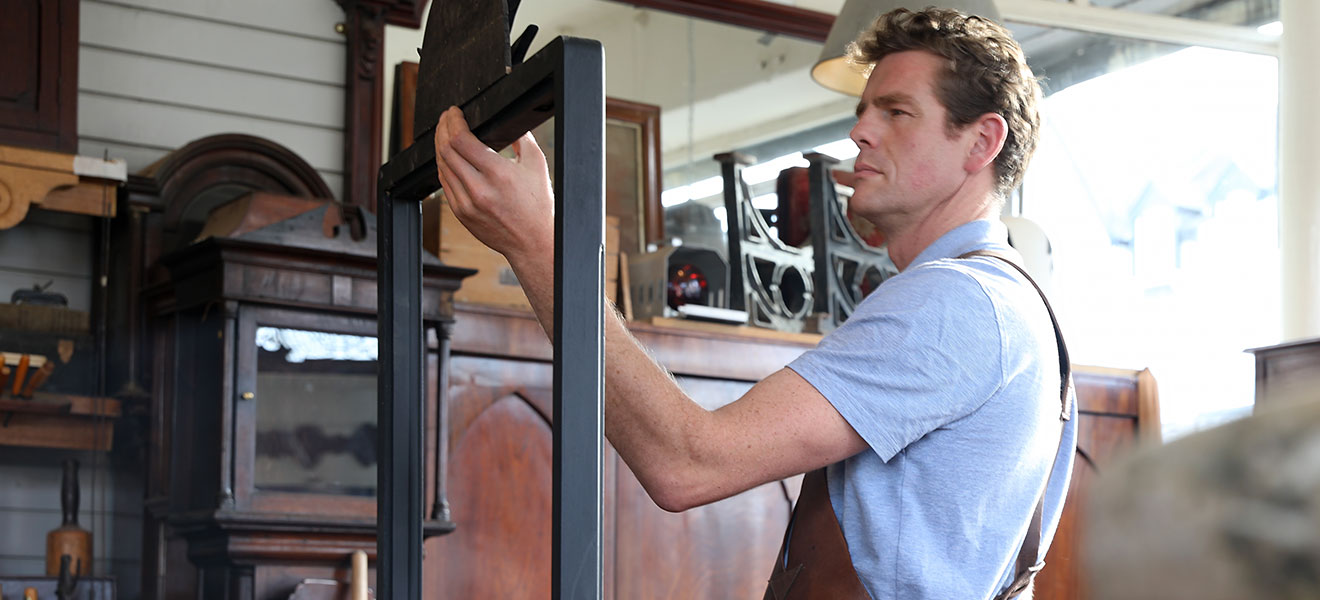 How to do your own French polishing or restoration – and when to leave it to the pros
How to do your own French polishing or restoration – and when to leave it to the prosAlex Webster, an antique restorer and French polisher, explains five techniques to save damaged furniture yourself with these DIY French polishing techniques – and warns you when you need to call in an expert.
By Country Life